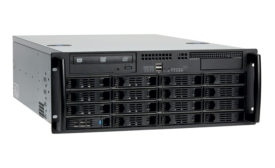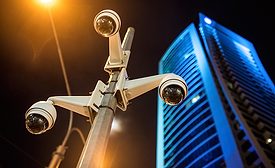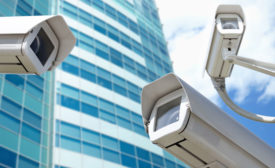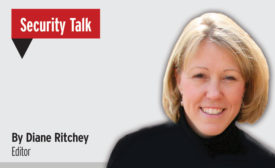Home » cloud security
Articles Tagged with ''cloud security''
NVR Leverages the Cloud for Streamlined Operations
Percept NVR Line from Toshiba
August 1, 2016
The Emerging Potential for Video Analytics-as-a-Service
Using cloud-based video analytics solutions for efficient and cost-optimized physical security use cases
May 26, 2016
Sign-up to receive top management & result-driven techniques in the industry.
Join over 20,000+ industry leaders who receive our premium content.
SIGN UP TODAY!Copyright ©2024. All Rights Reserved BNP Media.
Design, CMS, Hosting & Web Development :: ePublishing










